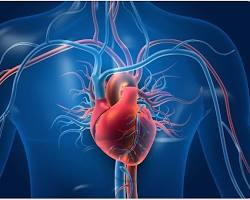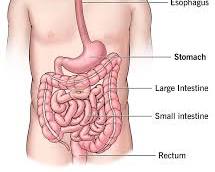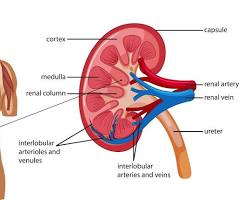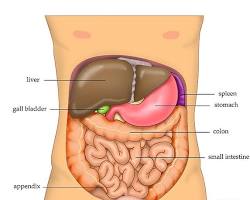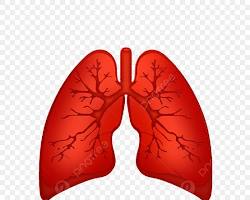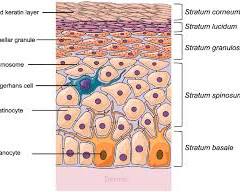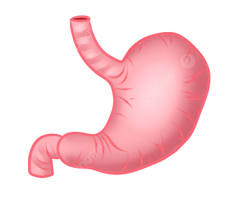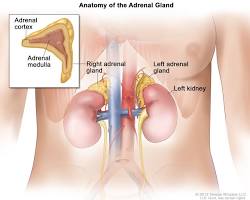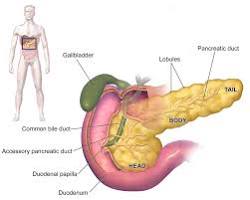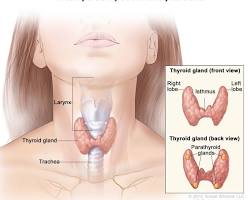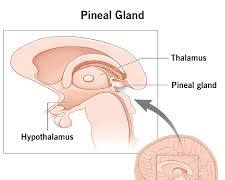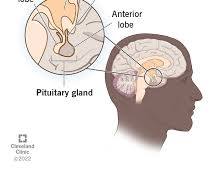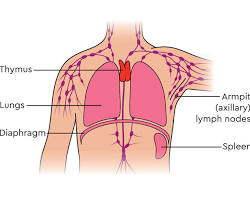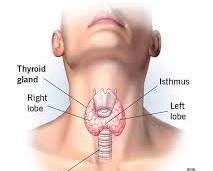Virtual Human Project
A body is made up of organs and glands. The key difference between organs and glands: All glands are organs, but not all organs are glands. Every gland has the characteristics of an organ (made of tissues, performs a function), but it also has the extra ability to produce and secrete substances.
-
Organs
Organ: An organ is a self-contained structure made up of different tissues that work together to perform a specific function. Think of them as complex units within your body, each with a specialized job. Examples include the heart (pumps blood), lungs (gas exchange), and stomach (breaks down food).
-
-
Brain: The brain is the control center of the nervous system and is responsible for everything we do, from thinking and feeling to moving and breathing.
Read more on: brain
-
Heart: The heart is a muscular organ that pumps blood throughout the body. It is the most important organ in the circulatory system.
Read more on: heart
-
Intestines: The intestines are long, tube-shaped organs that absorb nutrients from food into the bloodstream.
Read more on: intestines
-
Kidneys: The kidneys are two bean-shaped organs that filter waste products from the blood and produce urine.
Read more on: kidneys
-
Liver: The liver is the largest organ in the body and is responsible for many important functions, including filtering blood, storing nutrients, and producing bile.
Read more on: liver
-
Lungs: The lungs are two spongy organs that allow us to breathe. They take in oxygen from the air and release carbon dioxide.
Read more on: lungs
-
Skin: The skin is the largest organ of your body, accounting for about 15% of your total body weight.
Read more on: skin
-
Stomach: The stomach is a muscular sac that breaks down food into a liquid mixture called chyme.
Read more on: stomach
-
-
Glands
Gland: A gland is a specialized type of organ that produces and releases substances, like hormones or enzymes. These substances can travel through ducts to specific locations (exocrine glands) or directly into the bloodstream (endocrine glands) to influence other parts of the body. Examples include the thyroid gland (produces hormones for growth and metabolism) and sweat glands (release sweat to regulate body temperature).
-
Adrenal Glands: Situated on top of the kidneys, the adrenal glands produce hormones like adrenaline and cortisol, which help manage stress, regulate blood sugar levels, and control blood pressure.
Read more on: adrenal
-
Pancreas: The pancreas is a gland that produces digestive enzymes and hormones, including insulin.
Read more on: pancreas
-
Parathyroid Glands: These four tiny glands sit behind the thyroid gland and produce parathyroid hormone, which helps regulate calcium levels in the blood.
Read more on: parathyroid
-
Pineal Gland: Considered the smallest organ in the human body, the pineal gland sits deep within the brain and produces melatonin, a hormone that helps regulate sleep-wake cycles.
Read more on: pineal
-
Pituitary Gland: Often referred to as the "master gland," the pea-sized pituitary gland located at the base of the brain produces several hormones that control many other glands and their hormone production.
Read more on: pituitary
-
Thymus Gland: Found in the chest cavity behind the breastbone, the thymus gland plays a vital role in the development of the immune system during childhood. It shrinks with age.
Read more on: thymus
-
-
Thyroid Gland: Located in the front of the neck, the thyroid gland is shaped like a butterfly and produces hormones that regulate metabolism, growth, and development.
Read more on: thyroid

